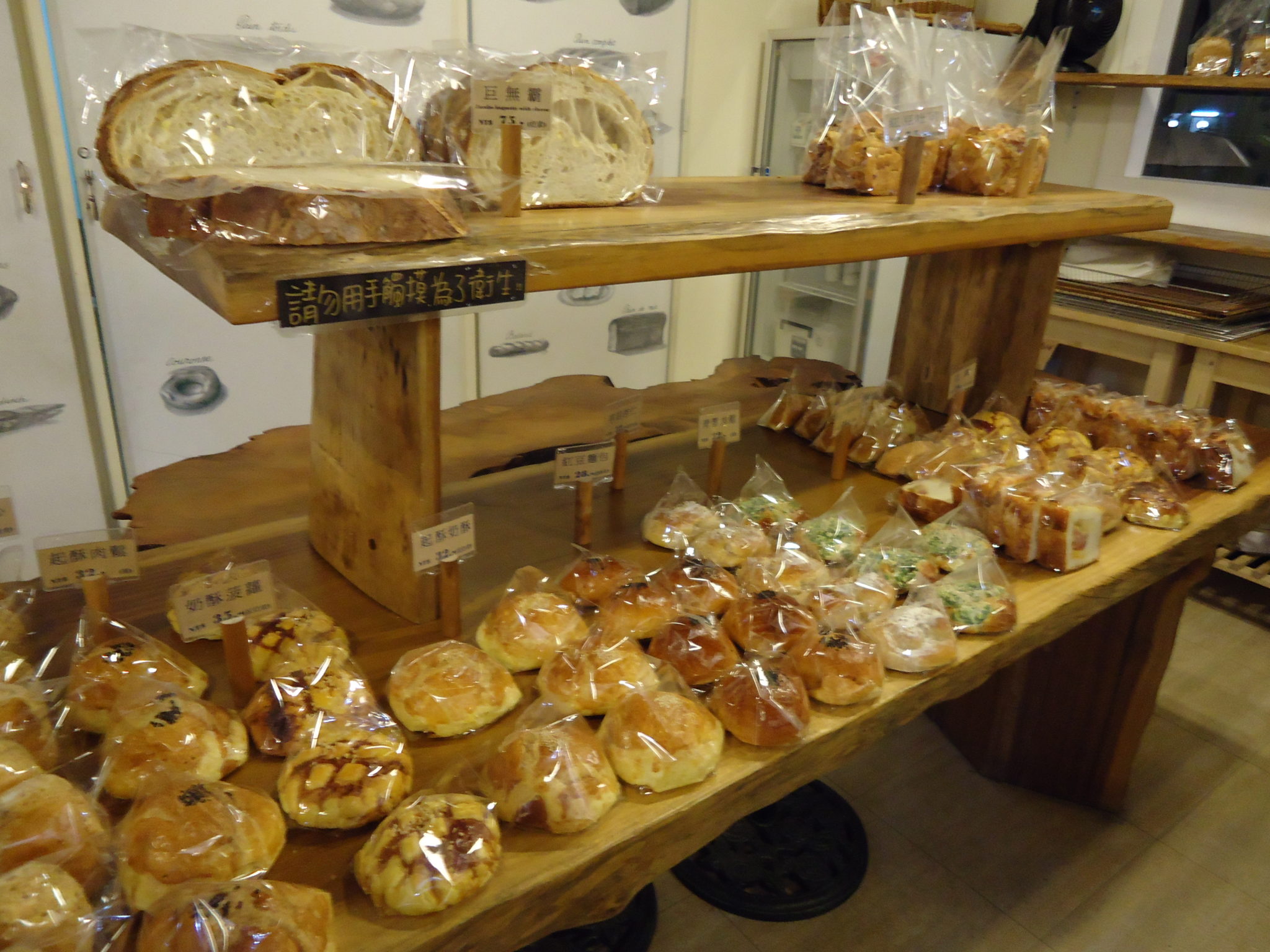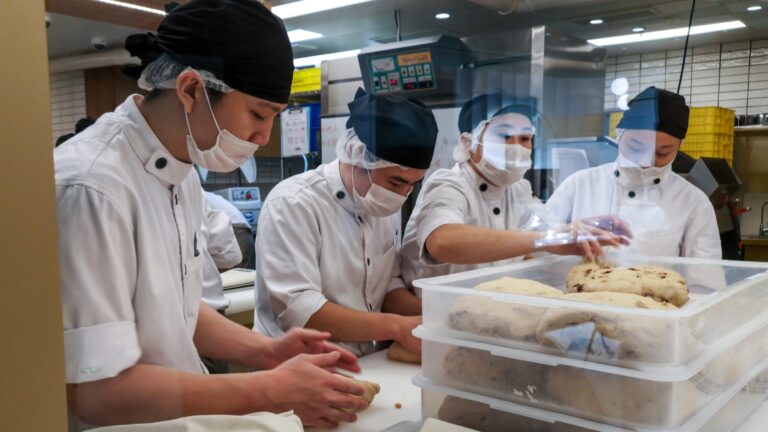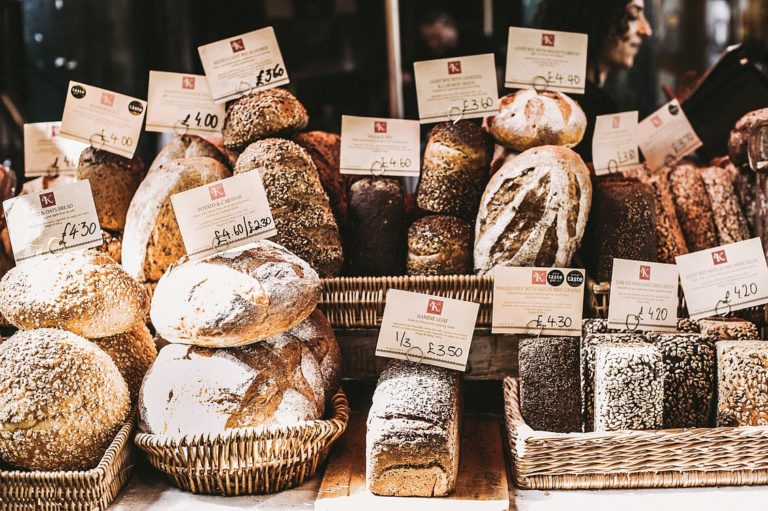Bread Consumption in China. Baguette, croissants, and macaroons are no more unknown to Chinese consumers’ palates. Consuming Western bakery food has become trendy, says Daxue Consulting’s project leader Thibaud Andre, and demand grows steadily. Let’s have a closer look at the Chinese baking industry, surprisingly dominated by Asian players.
Chinese appetite for bakery products grows, but the market is already saturated with Asian brands
Since foreign-funded bakeries entered China in the 1990s, Chinese people, used to “sweet buns” with salty or sweet fillings, have been increasingly exposed to Western baked products – or rather, sweet and buttery baked products that look like those consumed in Western countries.
The baking industry in China has great potential, as figures suggest it. The revenue of baking industry in China is expected to reach RMB 470 billion (USD 69 billion), increasing by 30% in second and third tiers cities by 2017. The gross profitability in the baking industry is about 20%. For now, the average annual consumption of bakery products per capita is only 5.83kg in China compared with nearly 22kg in Japan, but the demand is predicted to grow fast. It is no wonder that Western bakeries could find this market very appealing. However, many Asian players already took this opportunity, making this market nearly saturated and highly competitive.
At the end of June 2015, 1,344 bakery companies were competing on the Chinese market. The current leaders are Holiland (a Chinese company), 85C (from Taiwan), Bakery Christine (from Taiwan), and Bread Talk (from Singapore) according to Bread and Cake Professional Committee of China National Food Industry Association. Ruby, Paris Baguette, Caffé Bene, UBC Coffee, Vie de France, Tous Les Jours are just a few other examples of bakeries present on the Chinese cities streets.
For practical and logistical reasons, bakery companies are geographically spread all over China. Unlike other food products that can be kept longer, bread and cakes have short preservation time and strict storage conditions. Bakeries must be able to offer fresh products in a country where food safety is a highly important factor since Chinese endured many food scandals. This requires large-scale investment in manufacture equipment and labor, which constitutes a major hindrance to geographical expansion, even for large companies. For example, Bakery Christine marks a strong presence in Yangtze-river Delta area including Shanghai but has only one store in Beijing. Holiland mainly distributes in the northern part of China and owns only three stores in Shanghai. Although leading bakeries have high brand recognition in their regions, they only represent 2% market share in the entire industry. Furthermore, new entrants like South Korean bakeries Paris Baguette and Caffe Bene also perform very well, enhancing competition in this market.
Bread Consumption in China: Hard times for Asian bakery companies
Beyond fierce competition, bakery companies in China also have trouble to find and keep a balance between expansion and management of existing assets. On the one hand, expanding is made difficult because of rising costs: rents are going up in the main Chinese cities, and raw material prices and labor cost are increasing. In Beijing, the average monthly income doubled during the last ten years and reached RMB 4,408. On the other hand, some bakery brands like Bakery Christine are criticized for neglecting the operational management of their stores to focus on expanding through store openings. Several food safety scandals due to management issues broke these last two years in some of the 520 stores owned by 85C. To avoid potential management risks and protect brand reputation, 85C called off its franchising plan last year and announced it would slow down expansion this year.
The introduction in 2012 of “baked in-store” products by brands such as 85C, Bread Talk, and Holiland changed the situation in the baking industry. Back in 2010, mass production could ensure Chinese consumers’ satisfaction. Bakery Christine’s breads and cakes were produced in factories in the suburbs of the Chinese cities and delivered to every store on a daily basis. But since Chinese consumers have been educated to consider “baked in-store” products as healthier than those produced in factories, Bakery Christine lags behind its competitors, unable to adapt to this trend, and suffers losses for the fourth year. For the first half of 2016, the losses reached 64 million RMB (9.47 million USD) and 60 stores closed down.
A niche market: Growing interest in “real” European baked goods in China
According to Thibaud Andre, there are two categories of bakery consumers in China. The first group enjoys bakery products with the appearance of Western baked goods, but that don’t taste the same. They choose to buy in Asian brands’ stores, where bread is very soft with a strong taste, decorated by matcha (finely ground powder of green tea), cream, mild cheese, chocolate or salty sausages. For Chinese consumers who watch their diets, some bakeries like With Wheat, also produce less sweet and less oily European style bread, but with cream and cheese stuffing to meet these consumers’ requirements and taste preferences.
The other type of consumers goes to popular Western franchises like Costa Coffee or Starbucks Coffee to buy branded baked products that taste the same than those in Europe or America. They look for “real” European bread, not adapted to Chinese people’s preferences, and constitute a niche market into which Western bakeries could tap. These customers “have strong brand perception and high awareness of authenticity. They want to buy French quality at a controlled price,” says François-Xavier Colas of the French group Le Duff, which owns five stores branded “La Brioche Dorée” in China. The strategy of these Western bakeries is to keep the original taste of wheat and grains and to offer authentic products like pretzels, baguettes, and kornspitz. For example, Baker & Spice (from the UK) is a French style bakery that mainly offers wheat and multigrain bread, decorated cakes, and delicate desserts. This new market player already has five stores in Shanghai and two in Beijing.
Despite the fact that this niche market offers great opportunities, Western brands should be cautious when entering the Chinese market. The French company Paul penetrated the market in the 2000s by franchising private individuals – a strategy that did not work, as Paul closed down all its Chinese stores in 2010. “It is essential to expand into franchises with a local partner, who can help to manage the relationship with the administration, to understand local regulations, or to negotiate for locations under normal conditions,” explains Colas. To get a better understanding of the Chinese market and to prepare your market entry, please contact Daxue Consulting’s team.
How can Daxue Consulting help its clients: Bakery innovation analysis for fast food chains in China
An expert in culinary product development contacted Daxue Consulting. The client requested Daxue’s team to perform an in-depth research to understand market trends and Chinese consumers’ habits and preferences towards bakery products used to cook hamburgers.
To provide the client with insightful data, Daxue’s team performed market research in two steps. First, we analyzed the latest trends of the bakery offer in China and carried out a benchmark. The second part of the research focused on the end-consumer and consisted of conducting social media analysis to provide information about online trends.





